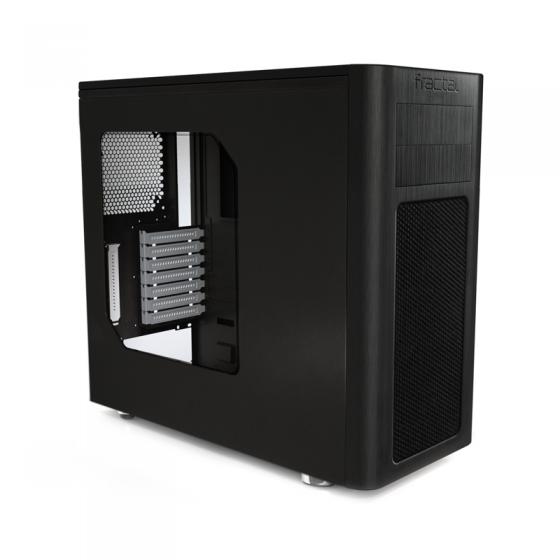

After drilling into the head, use a pin punch to pry off the rivet head. Do not attempt to drill into the sheet metal itself. When removing rivets, do not drill any farther than the rivet head. Make sure the bit is sharp, and consider using a split-point bit, which makes it easier to keep the bit on the rivet head when you start drilling. This is a safeguard against enlarging the rivet hole. To remove rivets, use a hand drill (a pneumatic drill is usually preferred) and a bit slightly smaller than the one used to originally drill the rivet hole to the proper size. A 5/32-inch rivet requires a size 21 drill bit, and a 3/16-inch rivet requires a size 11 bit. The most common rivet diameters are 3/32-inch and 1/8-inch, and their corresponding drill bit sizes are 40 and 30, respectively. Drill bit sizes are based on numbers and letters. When they properly drive (or set) them, the rivets expand to fill the hole. Make sure you use the proper size drill bit.ĭuring original installation, builders drill rivet holes slightly larger than the rivet's diameter to allow the rivet to drop into place without force, which scrapes off the rivet's protective coating. (If you built the airplane, you're probably well-versed in removing rivets.) When drilling out the damaged rivet, you do not want to make the hole larger. It sounds simple, but you must use extreme care to keep from making the problem larger. Naturally, you'll have to remove the damaged rivet. Most likely, you'll need "AD" rivets, which have a dimple on the rivet head.
#DEFINE RIVET MANUAL#
If you bought the airplane already built, check the plans and/or builder's manual or call the kit manufacturer. If you built the airplane, you should know this information. When replacing a rivet, use the exact same type originally used. Repairing any additional damage to the sheet metal structure itself possibly could be classed as a major repair. Replacing a missing or damaged rivet is a fairly easy task. If you can place a 0.020-inch feeler gage under the rivet head, it's been stretched-an indication of damage. Look for damaged rivets, the heads of which may be slightly slanted or raised. You need to find out why it's missing and investigate the surrounding area for additional damage.

Their loss could be the result of improper installation, corrosion, or some sort of underlying damage. To complete the repair, you'll need to rebalance the surface and perhaps other components or surfaces attached to it.įinding missing rivets is not uncommon. The repair might be simple, but any change to the surface affects its balance, which can lead to flutter in flight.
#DEFINE RIVET HOW TO#
Damage to the surrounding area might be hidden, and the manufacturer should be able to offer guidance on how to properly make the repair. If you own a production airplane, call a knowledgeable A&P mechanic, and if you own a homebuilt, you might want to call the kit manufacturer or designer. For example, deformed rivets often indicate damage to a sheet metal structure, and your inspection should include an area well past the deformed rivets. Damage that exceeds the scope of these items is, in most cases, major. Minor damage to a sheet metal structure includes missing or damaged rivets, scratches or small dents, a small crack, and a corroded sheet metal surface. The first step in any repair process is assessing the damage to determine whether it's simple or major. Another excellent source is Aircraft Sheet Metal, published by Jeppesen. In all cases, your primary reference for all repairs is FAA Advisory Circular 43-13-1B, Acceptable Methods, Techniques, and Practices-Aircraft Inspection and Repair. If you're not sure how to approach a repair, get the assistance of a qualified aviation sheet metal mechanic. Building the airplane may not give you the required skills and knowledge because repairing a structure is different than building it. But use some discretion and don't attempt repairs beyond your capabilities and knowledge. As a homebuilder, you can repair any surface on a wood, metal, composite, or tube-and-rag airplane. On production airplanes, you can do the work permitted by Federal Aviation Regulation Part 43, but an authorized airframe and powerplant (A&P) mechanic or FAA-approved repair station must supervise your efforts-and sign-off all repairs to production aircraft. Making these repairs applies to homebuilts only. If you face major repairs and you don't have knowledge adequate to deal with them, get the assistance of someone who does. Repairs to sheet metal airplanes fall into two categories: simple, which doesn't involve damage to structural members or affect the balance of control surfaces, and major, which encompasses repairs not covered by the simple category. One of the advantages of building your own airplane is that, if you build it, you can fix it.


 0 kommentar(er)
0 kommentar(er)
